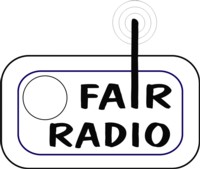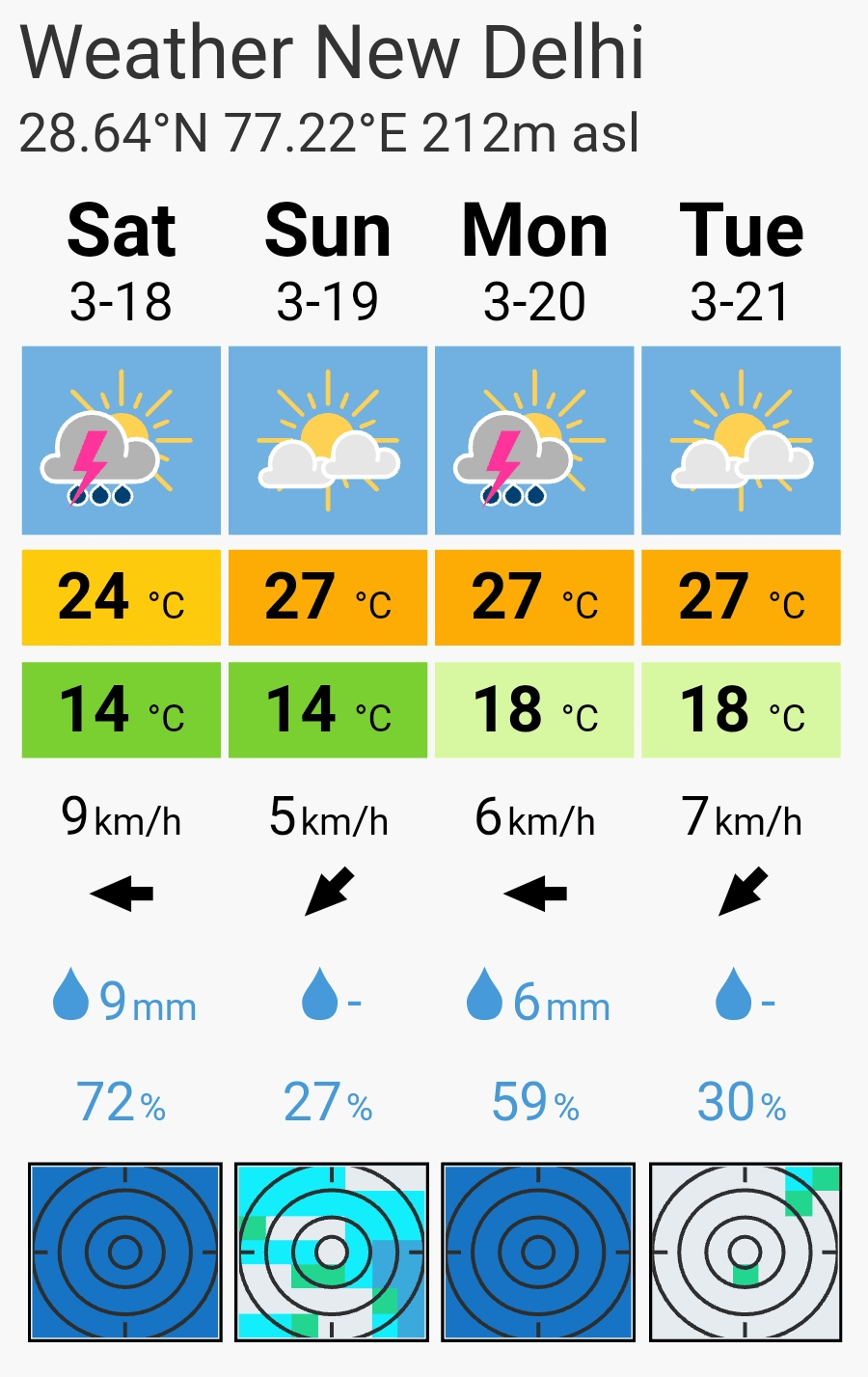Die Förderinitiative “IMC – India meets Classic” präsentiert mit IMC OnAir – IMCRadio.Net in seiner Novembersendung das Thema “Mikrotöne im Hindustani Sangeet – die mikrotonale Struktur indischer Ragas“.
Die mikrotonale (Intervall-)Struktur war in der mittelalterlichen Musik des Westens und im Zeitalter des Barocks, bis in’s 18. Jahrhundert hinein präsent. – Und verschwand erst nach den mathematischen Entdeckungen in der Musik durch den Schweizer Physiker und Mathematiker Leonhard Euler (1707-1783). Im Jahre 1739 verfasste Euler das “Tentamen novae theoriae musicae“.
Die indisch klassische Musik ist mit dem Begriff “Mikrotöne” seit mehr als 2000 Jahren auf’s Engste verbunden. Der erste im Sanskrit verfasste Text mit Benennung von mikrotonalen Intervallen ist das Natya Sastra von Bharata Muni, datiert zwischen 200 Jahre vor und etwa 200 Jahre nach Christi Geburt.
Bharata beschreibt einen Raga nicht als Skala, sondern als “tonale Färbung”, die das Herz und den Verstand des Menschen berührt. Hier kommt die Bedeutung der Noten mit Zuweisung von 8 definierten Stimmungen zum Ausdruck. “Santa“, d.h. friedfertig wurde später von AbhinavaGupta hinzugefügt. Wir verweisen dazu auf unsere Sendung “Nava Rasa-s – die neun Stimmungsbilder der indischen Ragas“.
Sendetermin: 4. November 2008 – 21:00 Uhr (MESTZ)
(Sendewiederholung: 6. November 2008 – 03:00 Uhr (MESTZ))
broadcasting plan | streaming (Internet Radio & Mobile Radio) | podCast
Die Mikrotöne haben seit Jahrhunderten einen massgeblichen Einfluss auf die Entwicklung indischer Instrumente. Zur künstlerischen Ausgestaltung eines Ragas in seiner modalen Form (vgl. Jazz) werden bewusst klangakkustische Phänomene von Konsonanzen und Dissonanzen eingesetzt, um für den Zuhörer die Referenzebene, die Tonika als Grundton verständlich zu machen, auf die eine Ragaskala in ihrer aufsteigenden und absteigenden Form (Modus) aufbaut. Die Ursache für die Klangcharakteristik der indischen Musik haben wir in unserer Sendung “indische Dronen” ein wenig beleuchtet.
In einem fest vorgegebenen tonalen Rahmen – innerhalb eines Tonumfangs von drei (3) Oktaven – bewegt sich der Interpret eines Ragas, Vokalist oder Instrumentalist… und gestaltet diesen Modus (Jati) durch eine Ornamentik, Alankar.
Alankars erfüllen in zwei Ausprägungen die strukturellen und ästhetischen Anforderungen: Varnalankar – das sind vier (4) Formen des Notenarrangements und Shabdalankar, eine Klassifizierung von Gesangs- und Spieltechniken für die melodische und rhythmische Gestaltung. Das Sangeet Ratnakar von Sharangdev und Ahobal’s Sangeet Parijat – es sind musikalische Abhandlungen aus dem 13. und 17. Jahrhundert – benennen 63 bzw. 68 Alankars. Diese hohe Zahl ornamentischer Elemente ist sympthomatisch für die Komplexität indischer Ragas.
Eine aufsteigende oder absteigende Ragaskala kann innerhalb einer Oktave aus 5, 6 oder 7 Hauptnoten bestehen. Es gibt tausende von Kombinationen der aufsteigenden und absteigenden Skala.
Die Hauptnoten der nordindischen Ragas korrespondieren mit den Ragams des Carnatic Sangeet, den 72 Ragams der südindischen Klassik. Die Ragams sind mit ihren Ableitungen im Melakarta-System seit dem 19. Jahrhundert auf’s Genaueste definiert. Dagegen bildet sich die nordindische Klassik (Hindustani) nur ungenau in dem s.g. Thaat-Sytem ab, mit 10 Hauptraga-s (männl. Typus) und ihren Ableitungen, den Ragini-s (weibl. Typus).
Die gesamte Raga-Grammatik baut auf die mikrotonalen Intervalle auf. Dem Hindustani und Carnatic Sangeet liegt das Konzept von “Raga Sangeet” zugrunde. – Sangeet bedeutet “gemeinsam singen” oder “Gesang mit instrumentaler Begleitung”. Umgangssprachlich darf man mit diesem Termini “Ragamusik – Raga Sangeet”, und die “Musik der nordindischen und südindischen Klassik – Hindustani und Carnatic Sangeet” verstehen.
Für die Vorstellung der miktrotonalen Struktur können wir uns der westlichen Musik, der gleichstufigen, gleichtemperierten Stimmung bedienen. Wie es sich auf der Klaviertastatur abbildet, teilt man den Oktavraum in zwölf Halbton-Schritte ein, mit 7 Haupt- und 5 Halbtonschritten.
Die sieben (7) Hauptnoten, Sapta Swaras, finden wir gleichermassen in den Ragaskalen wieder, den Moorchana-s. Fünf (5) dieser sieben (7) Hauptnoten können bis zu 3x erniedrigt und 2x erhöht gespielt werden, mit Ausnahme der 1. (Sa) und 5. Stufe (Pa).
22 Shruti-s in einer Oktave (aufsteigende Skala: S (Shadja) – S’ (Tara Shadja))
Insgesamt ergeben sich 22 s.g. Shruti-s, eine “natürliche Skala” in einer mikrotonalen Struktur mit Frequenzabständen geringer als die uns bekannten Halbtonschritte, für das menschliche Ohr aber noch wahrnehmbar und unterscheidbar. Shruti bedeutet im Sanskrit: “das was man hört” (that which is heard).
In der Novembersendung hören Sie Beispiele auf dem Santoor, der Sitar und Sarangi, der indischen Fiddel, auf der Sarode, der indischen Flöte Bansuri, dem Harmonium und der Violine und in den indischen Gesangsstilen Khayal und Thumri.
Auf spezielle Ausprägungen mikrotonaler Strukturen wie im Dhrupadgesang, dem ältesten Gesangsstile in der indischen Klassik, wollen wir in einer eigenen Sendung näher eingehen.









